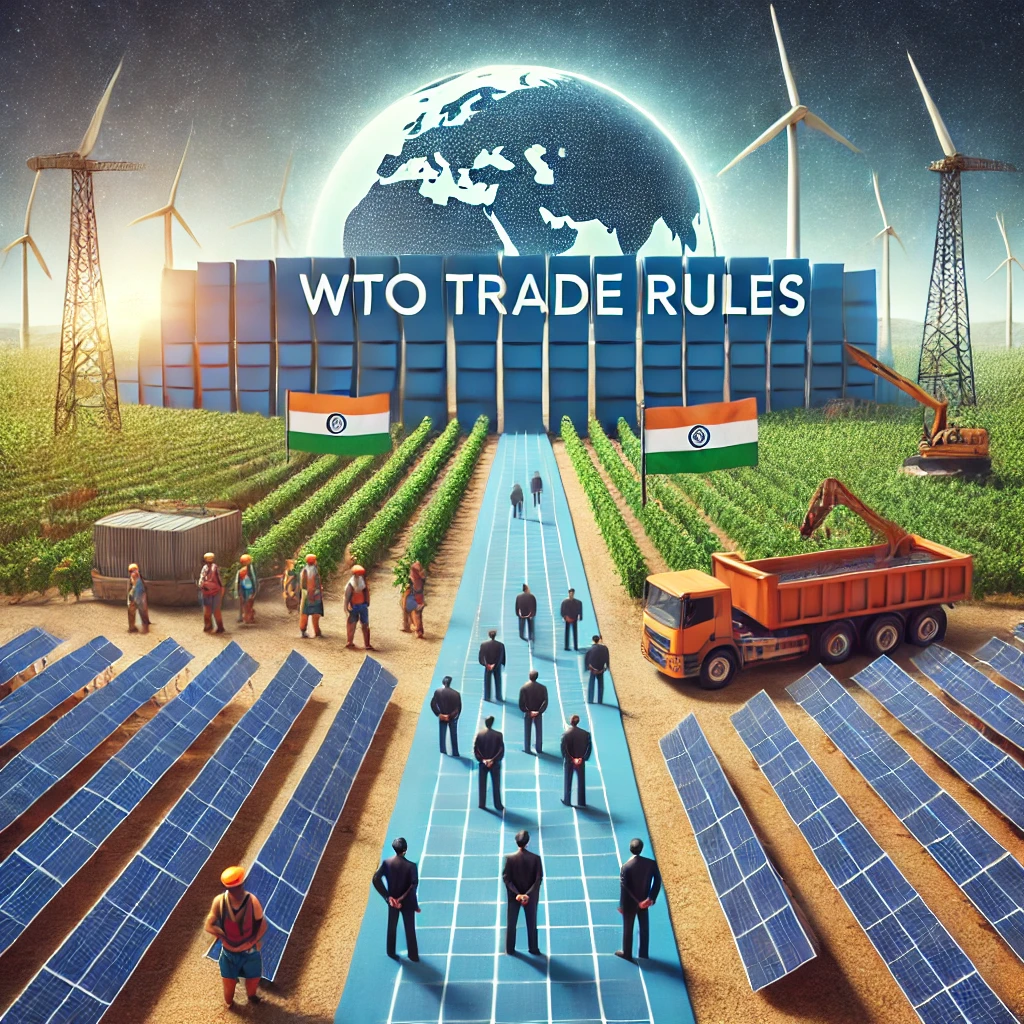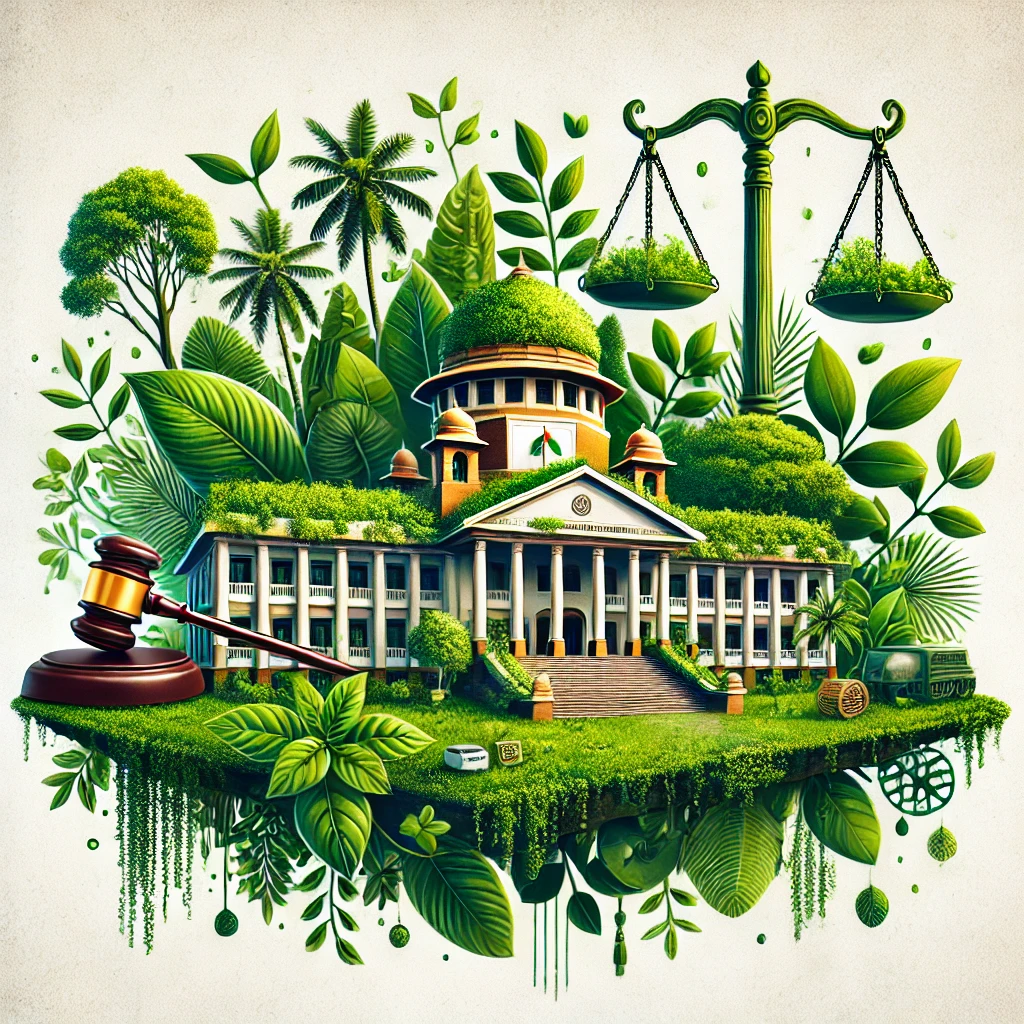Environmental laws at Guyana
Guyana, located on the northeastern coast of South America, is a country rich in natural resources, including vast rainforests, rivers, and wetlands. Its environmental laws are designed to protect its biodiversity, manage natural resources sustainably, and address environmental issues such as deforestation, pollution, and climate change. The legal framework for environmental protection in Guyana is a combination of national legislation, policies, and international commitments.
Here’s an overview of the key environmental laws and regulations in Guyana:
1. The Constitution of Guyana (1980)
The Constitution of Guyana lays the foundation for environmental protection through Article 36, which recognizes the need for sustainable development and the protection of natural resources for the benefit of current and future generations.
It mandates that natural resources be used for the benefit of the people and acknowledges the importance of environmental conservation in the development process.
2. The Environmental Protection Act (1996)
The Environmental Protection Act (EPA), passed in 1996, is the cornerstone of Guyana's environmental legal framework. It created the Environmental Protection Agency (EPA), a government body tasked with implementing environmental laws, regulations, and policies.
Key provisions of the Environmental Protection Act include:
Establishment of a legal and regulatory framework for environmental management.
Procedures for Environmental Impact Assessments (EIAs) for large-scale development projects that may affect the environment.
Regulations on pollution control, waste management, and the protection of air, water, and land resources.
The EPA is empowered to issue permits and licenses for activities that may affect the environment, monitor environmental performance, and enforce compliance with environmental standards.
3. The Forests Act (2009)
The Forests Act provides the legal basis for managing Guyana’s forest resources. It establishes guidelines for sustainable forest management, including the allocation of forest concessions, logging, and timber production.
The law requires that forest management plans be developed for each concession, which must take into account conservation and sustainability.
It also focuses on reforestation and the prevention of deforestation, ensuring that forest resources are used sustainably while protecting biodiversity.
4. The Wildlife Conservation and Management Act (2006)
The Wildlife Conservation and Management Act aims to protect Guyana's diverse wildlife, including species of national and international importance. The law establishes:
The Wildlife Conservation and Management Authority, responsible for managing wildlife resources and enforcing protection measures.
Restrictions on the hunting, capture, and trade of protected species, including the creation of protected areas and wildlife sanctuaries.
Guidelines for the sustainable management of wildlife resources and biodiversity.
5. The Marine Pollution (Control) Act (1981)
The Marine Pollution (Control) Act regulates pollution from maritime activities, including oil spills, waste disposal, and pollution from ships and offshore platforms.
The law establishes a framework for monitoring and controlling pollution in Guyana's territorial waters and the Atlantic Ocean.
It also provides for the enforcement of measures to protect the marine ecosystem from contamination and degradation.
6. The Environmental Protection (Standards) Regulations (2000)
Under the Environmental Protection Act, the Environmental Protection (Standards) Regulations were enacted in 2000 to set environmental quality standards for air, water, noise, and soil.
These standards help ensure that industrial, agricultural, and residential activities do not exceed permissible levels of pollution.
The regulations are essential for guiding the enforcement of pollution control measures and maintaining environmental quality across the country.
7. The Sustainable Development Strategy for the Forest Sector (2009)
Guyana has developed a Sustainable Development Strategy for the Forest Sector, which is aligned with international standards for sustainable forest management and the protection of biodiversity.
This strategy ensures that the country’s forest resources are managed responsibly, with a focus on maintaining ecological balance while allowing for the sustainable harvesting of timber and non-timber products.
The strategy supports certification systems, such as the Forest Stewardship Council (FSC), to ensure that forest products are sourced sustainably.
8. The Clean Development Mechanism (CDM)
Guyana is a participant in the Clean Development Mechanism (CDM) under the Kyoto Protocol, which allows developing countries to earn credits for emissions-reduction projects.
As part of its participation, Guyana has implemented various environmental projects aimed at reducing greenhouse gas emissions, including the promotion of renewable energy and energy efficiency.
Guyana has also implemented projects aimed at carbon sequestration through forest preservation and sustainable land management practices.
9. The National Protected Areas System (2009)
Guyana’s National Protected Areas System (NPAS), established in 2009, aims to protect the country’s most valuable and ecologically sensitive areas, including tropical rainforests, wetlands, and wildlife habitats.
The NPAS is a network of protected areas designed to conserve biodiversity, maintain ecosystem services, and promote ecotourism.
The system includes national parks, forest reserves, and wildlife sanctuaries, with regulations in place to prevent harmful activities such as logging, hunting, and development within these protected areas.
10. The Low Carbon Development Strategy (LCDS)
The Low Carbon Development Strategy (LCDS) is a key policy framework for Guyana that aims to promote sustainable development while mitigating the impacts of climate change.
The LCDS focuses on reducing carbon emissions by protecting forests, promoting renewable energy, and enhancing energy efficiency. It is part of Guyana’s broader commitment to international environmental agreements, including the Paris Agreement.
A significant component of the LCDS is the REDD+ initiative (Reducing Emissions from Deforestation and Forest Degradation), which rewards countries for maintaining their forests and preventing deforestation.
11. The Guyana Environmental Protection Agency (EPA)
The Environmental Protection Agency (EPA) is the central government agency responsible for the implementation of environmental laws and regulations in Guyana. It plays a critical role in enforcing compliance with environmental standards, conducting environmental impact assessments (EIAs), and managing protected areas.
The EPA also promotes environmental education and awareness, ensuring that both the public and industries understand the importance of environmental protection.
12. The International Conventions and Agreements
Guyana is a signatory to numerous international environmental agreements and conventions, including:
The Convention on Biological Diversity (CBD): Guyana is committed to conserving biodiversity and promoting sustainable use of biological resources.
The United Nations Framework Convention on Climate Change (UNFCCC): Guyana is committed to reducing greenhouse gas emissions and adapting to the impacts of climate change, with a focus on protecting its tropical forests.
The Convention on Wetlands of International Importance (Ramsar Convention): Guyana has designated several areas as Ramsar sites, recognizing the importance of its wetlands for biodiversity and ecosystem services.
The United Nations Convention to Combat Desertification (UNCCD): Guyana is involved in international efforts to combat desertification and land degradation.
13. The Mining Regulations
Mining is an important industry in Guyana, particularly for gold and bauxite. The country has specific laws and regulations governing mining activities to ensure that the environment is protected during extraction processes.
The Mining Act and associated regulations require mining companies to conduct Environmental Impact Assessments (EIAs), implement sustainable mining practices, and rehabilitate mining sites after extraction.
The government also enforces strict regulations on the use of mercury in gold mining, aiming to reduce the environmental and health impacts of this toxic substance.
Conclusion
Guyana’s environmental laws are designed to protect its rich natural heritage while promoting sustainable development. The country has made significant progress in areas such as biodiversity conservation, sustainable forest management, and climate change mitigation. The Environmental Protection Act, Forest Act, Wildlife Conservation Act, and other key pieces of legislation form the backbone of environmental governance in Guyana. Additionally, the country is actively involved in international environmental agreements and initiatives, such as the Low Carbon Development Strategy (LCDS) and REDD+, which aim to balance development needs with environmental protection. Despite challenges such as deforestation and pollution, Guyana continues to strive for a more sustainable future while safeguarding its valuable natural resources.




























0 comments